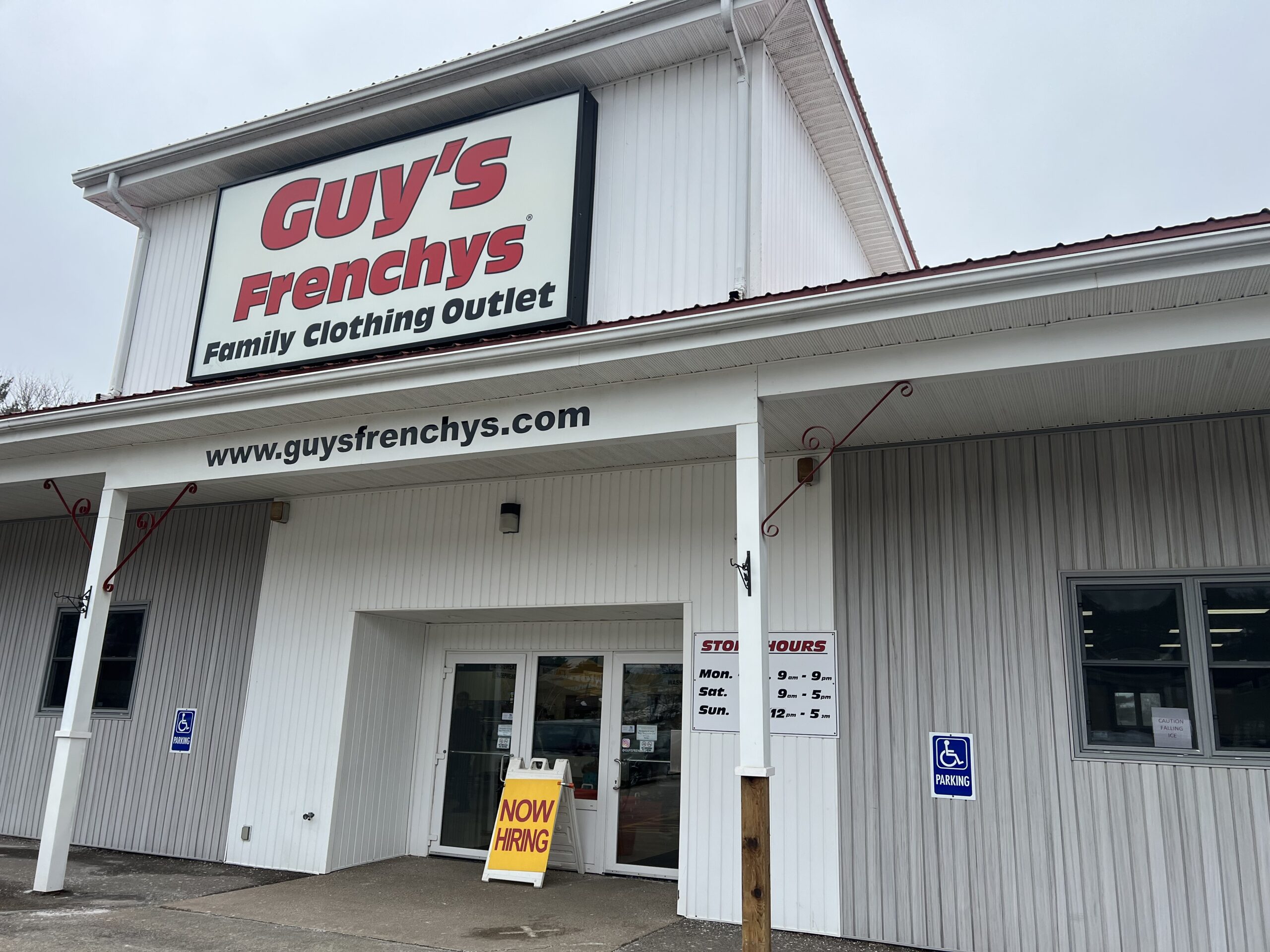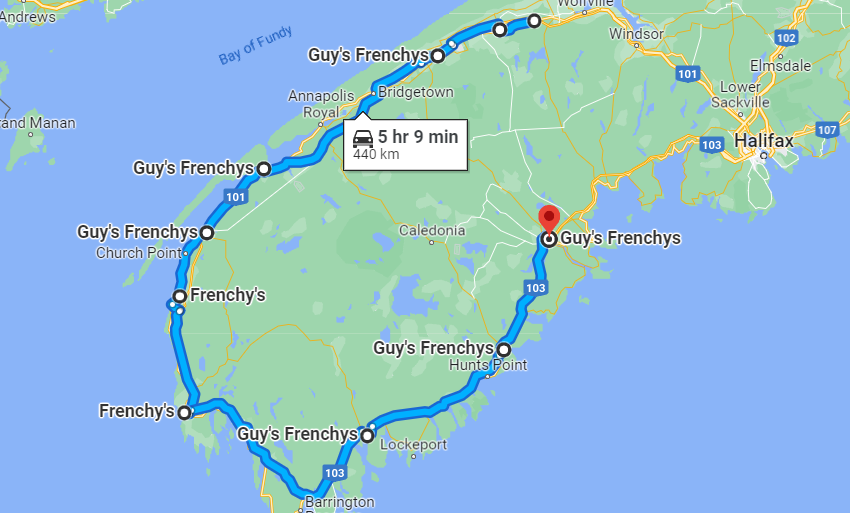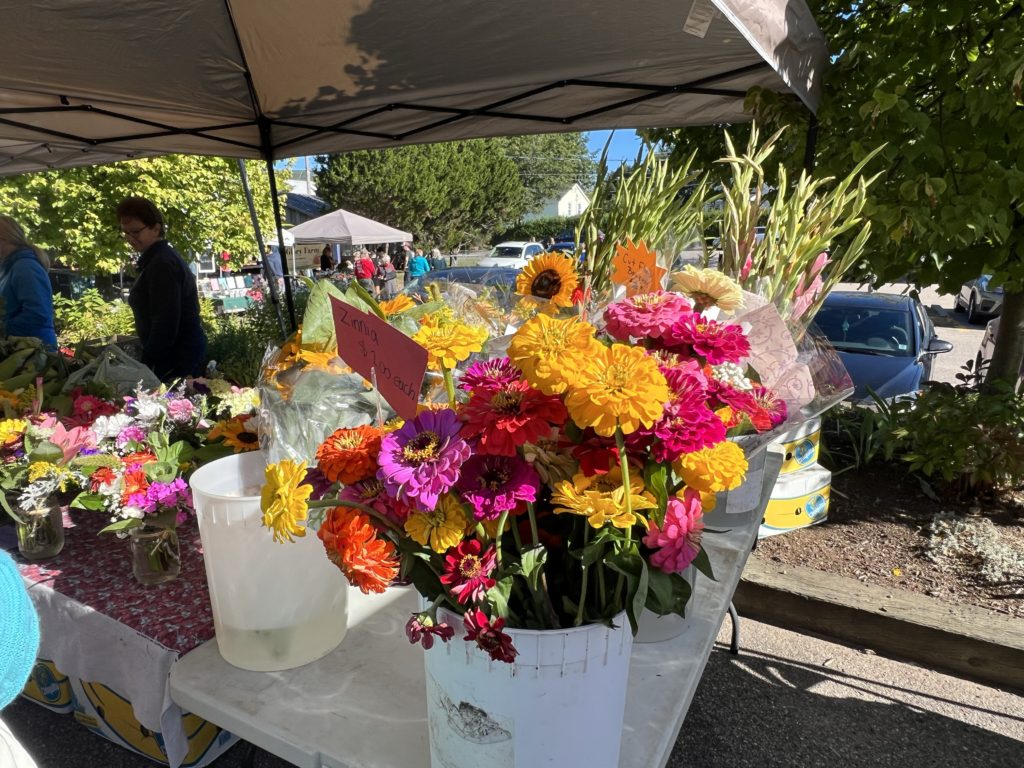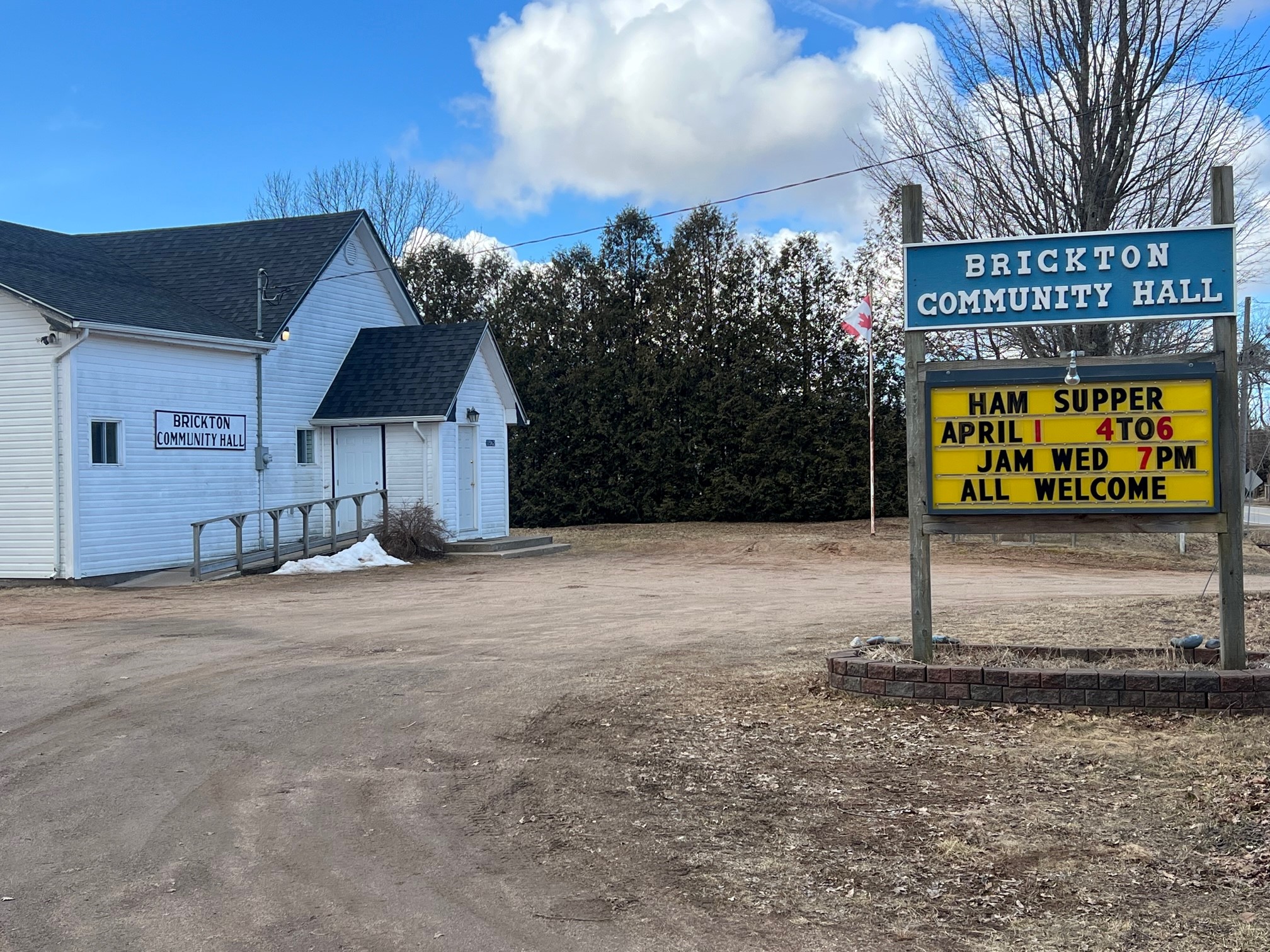
Nova Scotia is a province known for its strong sense of community, and one way we express this, especially in rural Nova Scotia, is through community fundraising meals.
Community fundraising meals are events organized by community members and charitable organizations to raise money for a specific cause or organization. These meals are often held in church basements, community halls, or other public spaces, and involve a hot or cold meal, plus sometimes a raffle or auction, and sometimes even entertainment. They might be weekly, monthly, or more infrequently.
These meals are an important part of Nova Scotia’s culture because they provide a way for community members to come together, socialize, and support each other. Meals are attended by people of all ages, and they provide a way for people to connect with each other and build relationships. They’re part of the appeal of Nova Scotia’s slower pace of life.
If you’d like to make friends in your new community, attending a breakfast, lunch, or supper is a great way to start meeting people. Don’t avoid attending a community meal just because you won’t know anyone. Just go! Strike up a conversation with the person you’re standing in line with, or ask to sit at a table where there’s an open spot and join the conversation.
Another great way is to volunteer! These events are organized by volunteers, and they provide a way for you to get involved and accepted into the community quickly.
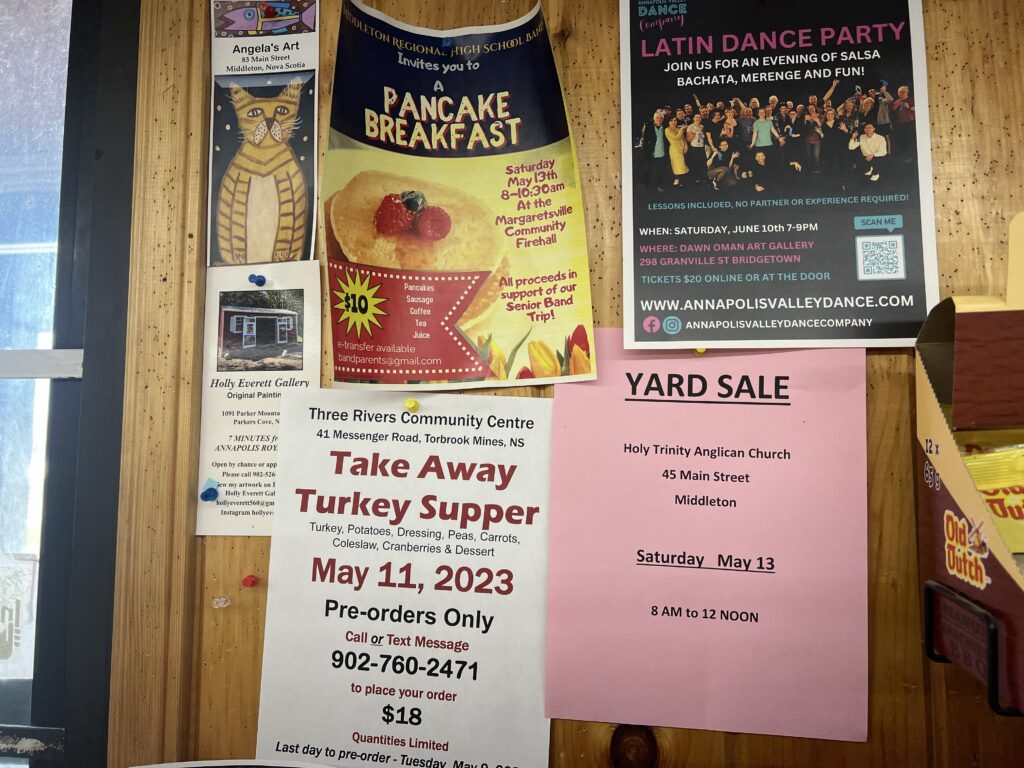
Community meals are always cash only, and some will require pre-ordering. Some take Take Away and some are eat in.
If you’re keeping a sharp eye out, you’ll see notices for these meals everywhere. They’ll be on the bulletin board at the gas station, the signage at your local church, on websites like Annapolis Valley Events, in your local community newsletter like the Bridgetown Reader, etc.
Bon Appetit!
